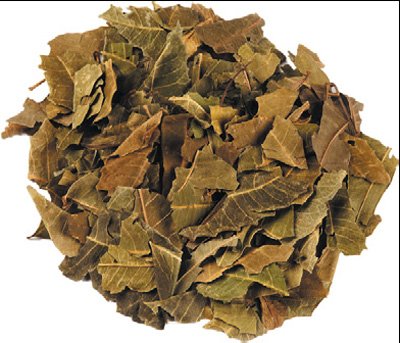Neem
Ayurvedic Medicine

Neem
Neem (E), Margosa (E), Nim (H):
Myths abound concerning the healing properties of neem; its curative nature is said to have begun when a drop of nectar (amrta) fell on to it from the cup of immortality. Its bitter principle indicates its use in inflammations of the skin and digestive tract.
Skin Most effective in inflammatory skin conditions due to aggravated rakta and pitta with itching, oozing, burning and infection; eczema, psoriasis when active with Auspitz sign and bleeding, acne, urticaria, ringworm, scabies, lice. The oil is especially effective when applied externally for treating fungal and bacterial infections and as a mosquito repellant (use externally at 2–5% dilution). Its intense bitterness found in azadirachtin has renowned antibacterial and fungicidal activity. This property, plus its chlorophyll content, adds to its potential as a deodorant for putrid-smelling sweat and infected sores. Digestion Neem is used in intestinal inflammation and is specific for hyperacidity, ulcers, colitis and Crohn's disease with high pitta and kapha. It clears mucus and bleeding from the GIT. Useful in fissures, fistulas and haemorrhoids due to local congestion in the lower bowel. It clears the intestines of parasites and worms. Neem leaf is very usefu in chronic intestinal dysbiosis such as with Candida albicans, protozoal infections and bacterial infestation. Lungs The bitter and dry qualities are very useful for clearing kapha and pitta accumulations from the respiratory passages. Metabolic Its affinity for medovahasrotas is utilised in diabetes mellitus to support the system and regulate blood sugar levels. It clears kapha accumulations from the pancreas and activates medasdhatu- agni; this rectifies the compromised fat and water metabolism so common in diabetes. Mouth Neem has a traditional usage for toothache, gingivitis and general oral hygiene; use an infusion of the leaves as a mouthwash. The young twigs are used as the Indian toothbrush. Fevers Useful in high fever from pitta and accumulations of ama; especially in the intermittent fevers of malaria-like diseases. Reproduction As with many bitter herbs it reduces s´ukra dhatu and lowers sperm count. It has an affinity for the uterus and can reduce any inflammatory disorders.
 Frankincense (Indian)
Frankincense (Indian) Lotus
Lotus Sarpagandha
Sarpagandha Pomegranate
Pomegranate Cloves
Cloves Psyllium
Psyllium Dhattura
Dhattura Bilva
Bilva Mustard Seed
Mustard Seed Kapikacchu
Kapikacchu Rose
Rose Ajmoda
Ajmoda Test your English Language
Test your English Language  Myth about Addiction
Myth about Addiction Dog Breeds
Dog Breeds What to Eat in Assam
What to Eat in Assam The Most Romantic Train Journeys
The Most Romantic Train Journeys Most Expensive Cars in the World
Most Expensive Cars in the World




